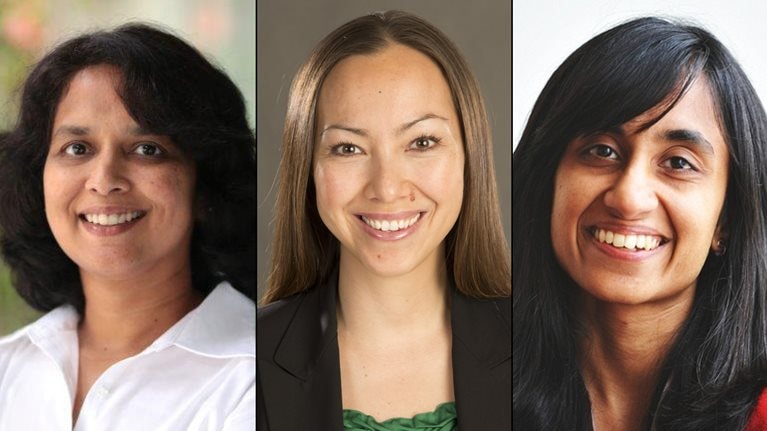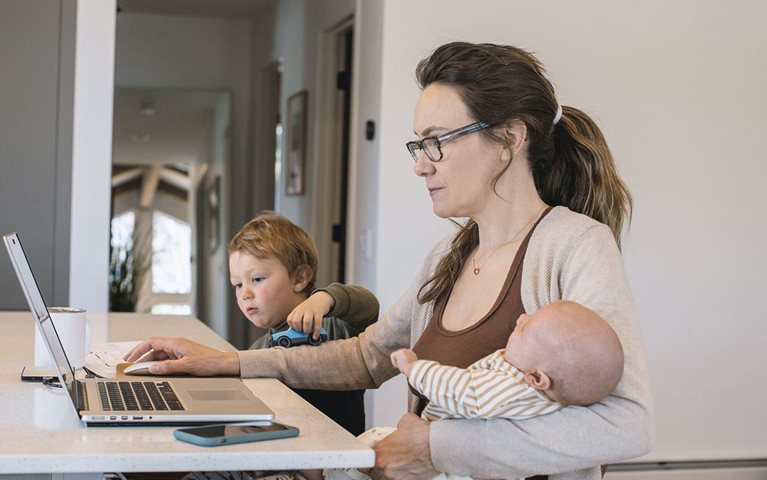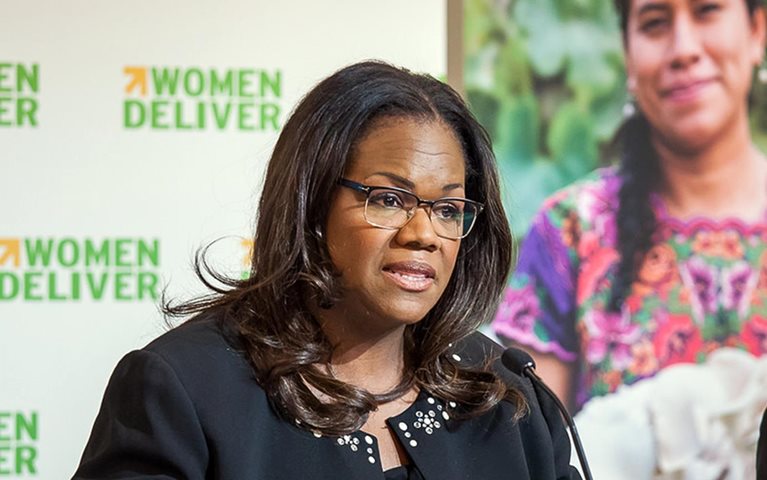How likely is it that a woman will die in childbirth? Do women have the same legal rights as men? How many women are CEOs or lead government agencies?
These are three of the 15 indicators of gender equality that the McKinsey Global Institute used to create the Gender Parity Score, a feature of its ground-breaking research, the Power of Parity. The score tracks the progress countries have made to full parity, as measured by their score between 0 (perfect inequality) and 1 (perfect equality) and it reveals that progress globally is at a standstill: over the past five years, it has inched only .01 points ahead, from 0.60 in 2014 to 0.61 today.

We recently spoke with the three leaders of the research—Anu Madgavkar, Kweilin Ellingrud, and Mekala Krishnan—about why gender advancement been so difficult, the impact of COVID-19 and the outlook.
Why has progress towards gender equality been so elusive over the past five years?
Anu: Gender equality is about attitudes that have been centuries in the making and are pervasive at the micro level in the home: the role of men and women. These are large-scale systemic problems we are trying to fix. In the World Values Survey, more than half of respondents in South Asia, the Middle East, and North Africa believe that when jobs are scarce, men should have the first right to a job and if women work for pay, children suffer. Even in developed countries those numbers were about 15 percent and 30 percent respectively. The challenge is: how do we unlearn this? These attitudes then influence all aspects of life outside: in education, access to work, government services, and cultural behaviors.
What advances have we seen?
Kweilin: We have gone two steps forward, one step back I would say. In terms of the overall Global Parity Score, we’re almost exactly where we were five years ago. But there are bright spots: a reduction in sex-specific abortions; education for girls in many developing countries is improving; and there have been bold initiatives to promote women—in corporate leadership and on boards of directors.
Anu: The Middle East has improved in health and education. In fact, many countries have continued to close gender gaps in education, with more girls attending elementary, secondary, and tertiary levels. In many developing countries, women are outperforming men academically. For example, women earn 56 percent of college degrees in the United States and Australia. And in China, the Philippines, and Singapore, women earn 53 percent of college degrees.
Mekala: We see a difference when we talk to private-sector companies, some of the biggest employers in the world. Gender equality is not just an HR issue but is now integral to their broader talent strategy, the diversity of their supply chain, and how they serve their customers.

Ten things to know about gender equality
How has the Me Too Movement influenced gender equality?
Kweilin: Things that were either ignored or accepted 10 years ago are now unacceptable, such as sexual harassment in workplaces of any kind and hiring and firing on the basis of gender. We still have a long way to go, but it is encouraging that we are moving forward and cleaning things up, although unevenly.
What has been COVID-19’s impact ?
Anu: It has been a major setback. Women tend to hold the jobs that have been lost in the pandemic in fields like the service industry, hospitality, and retail—and they tend to stay out of work longer. It has disproportionately affected female entrepreneurs, especially in developing countries. Women have the double workload of child care, especially with schools closed or offering remote learning. And in the stress of tight quarters, the rate of domestic violence has increased. Even before the pandemic, 1 in 3 women around the world experienced violence from an intimate partner.
Which two to three interventions are most important to reduce the setbacks of COVID-19?
Anu: It is critical that women who are unemployed do not stay permanently out of work. One way to do this is to ensure that women get equal access to the many programs worldwide that have been created to support vulnerable households and small businesses.
Mekala: Women disproportionately do unpaid work in the home: childcare, cooking and cleaning. I come from India where women do 10 times the amount of unpaid work that men do. If we can reduce and re-balance this workload, that will go a long way to helping women participate equally in the workforce.
Has the pandemic had any positive impact on gender equality?
Anu: Yes, the increase in flexible work schedules has disproportionately helped working mothers. And we have seen companies using the release of geographical constraints as an opportunity to diversify their organizations and expand the profiles of leaders they can bring in geographically, racially, and culturally.
Kweilin: There has been a heartening advancement of women in politics and some countries led by women—Finland, New Zealand, and Germany, among others—have done significantly better than average in dealing with COVID-19. The world has noticed.
Finally, how has our work as a firm helped to advance this critical issue?
Anu: The Power of Parity research has been localized across multiple countries, and governments have used it to shape policies including female participation in the labor force, financial and digital access, and women’s entrepreneurship.
Kweilin: We’ve also helped multilateral organizations and philanthropies develop programs to measure and track gender parity outcomes, shape global priorities and build internal capabilities. And we’ve worked with 150 plus companies to create more robust, diverse talent and leadership pipelines.

